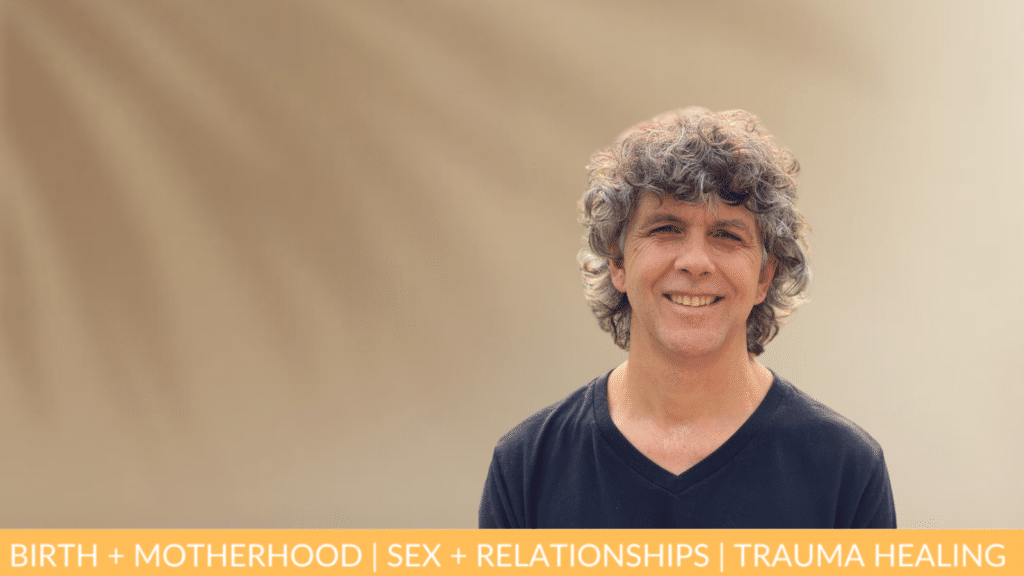In this episode, Kimberly and Gil discuss human anatomy and Gil’s years of dissection projects and publications. Gil offers a wealth of information he has learned about the body through his dissection work and how his reverence for the human form fuels his projects. Specifically, they discuss various aspects of fascia, nerve trees, adipose tissue, and more, as well as how culture both politicizes the body and dispossesses various aspects of it, perhaps leading to a larger spiritual issue and evolution of our time.
Bio
Gil Hedley, Ph.D., earned a doctorate in theological ethics from the Divinity School of the University of Chicago, and also became a Certified Rolfer at the Rolf Institute in Boulder, CO. His combined interests and training has supported his personal exploration of the human body to develop an integral approach to the study of human anatomy. Through hands-on human dissections courses in the laboratory and lecture presentations, he has encouraged thousands of fellow “somanauts” to appreciate, explore and embody the wonders of human form. He has published a number of books, created online access through livestream courses to the wonders of the dissection process, and produced The Integral Anatomy Series, a set of four feature-length videos documenting my whole body, layer-by-layer approach through on-camera dissection. His current project, Anatomy from A to Z, is a comprehensive and inspiring year-long exploration of two forms through the Integral Anatomy lens.
What He Shares:
–Dissection and anatomy projects
–Complexities of nerves and fascia
–Differences between male and female forms
–Difference between natural tears and incisions
–Spiritual components of dissection work
–Dispossession and politicization of the body in culture
What You’ll Hear:
–Explains Anatomy from A-Z Project
–Comprehensive archive of human body recorded
–Dissected bones, muscles, tissues, and vasculature on camera
–Shares experience dissecting cadaver
–Traumatic experience over dissection work and had to adjust emotionally
–Intentionally making body connection through dissection work
–Connection with families of donors of bodies for project
–Learned accidents, traumas, various issues, and emotional experience regarding donors
–Nerves are structural, have physical context (not abstract)
–”Underdog fascia” and multilayered fascia
–Native connective tissue density
–IT band structures
–Emotional components associated with superficial fascia
–Female form has denser, deep fascia and thicker, superficial fascia generally
–Dispossession of fat as suppression of feminine in our culture
–Culture has problematized and medicalized birth disrupting the process
–Traumatized doctors try to control birth to avoid ongoing trauma related to death
–Psychological pall thrown over women give impression not capable of birthing
–Tears in birth assist with natural process
–Episiotomies damage nerves in ways that natural tears do not
–Increase in tears and severity in connection with culture
–Oversimplification of tissues and meanings such as vagus nerve
–How he came to dissect genitals
–Took years of dissecting to find erectile tissues of clitoris
–Wants to film nerve system dissection, process important
–Vaginal work with reverence
–From PTSD to helping others process anatomy work
–Group processing and shared experiences assisting in dissection work
–Energetic relationship to forms
–Experiencing the whole form
–Self-acceptance and rejection of cultural standards
–Politicization of bodies and spiritual problem in identity politics
Resources
Website: gilhedley.com

